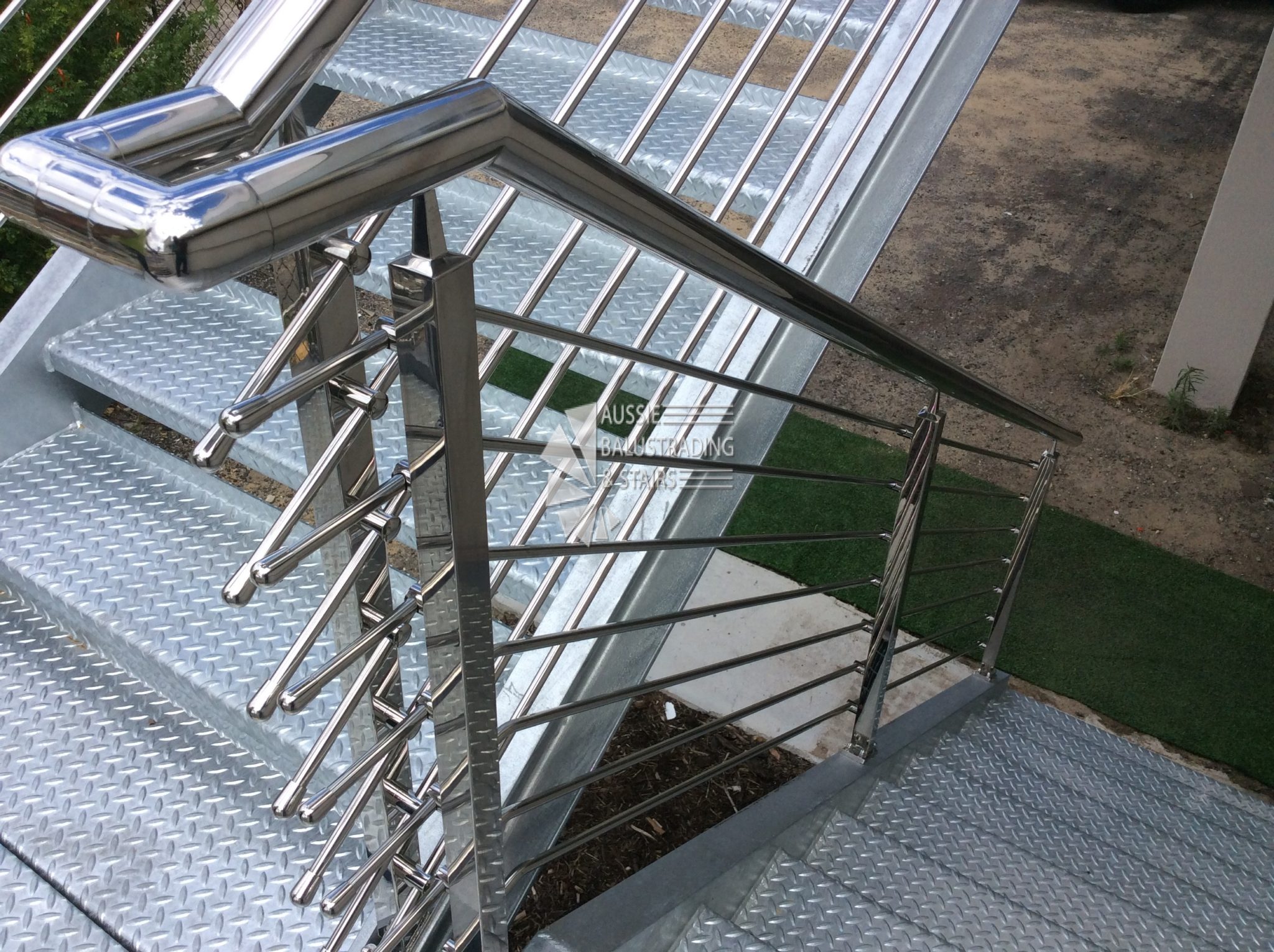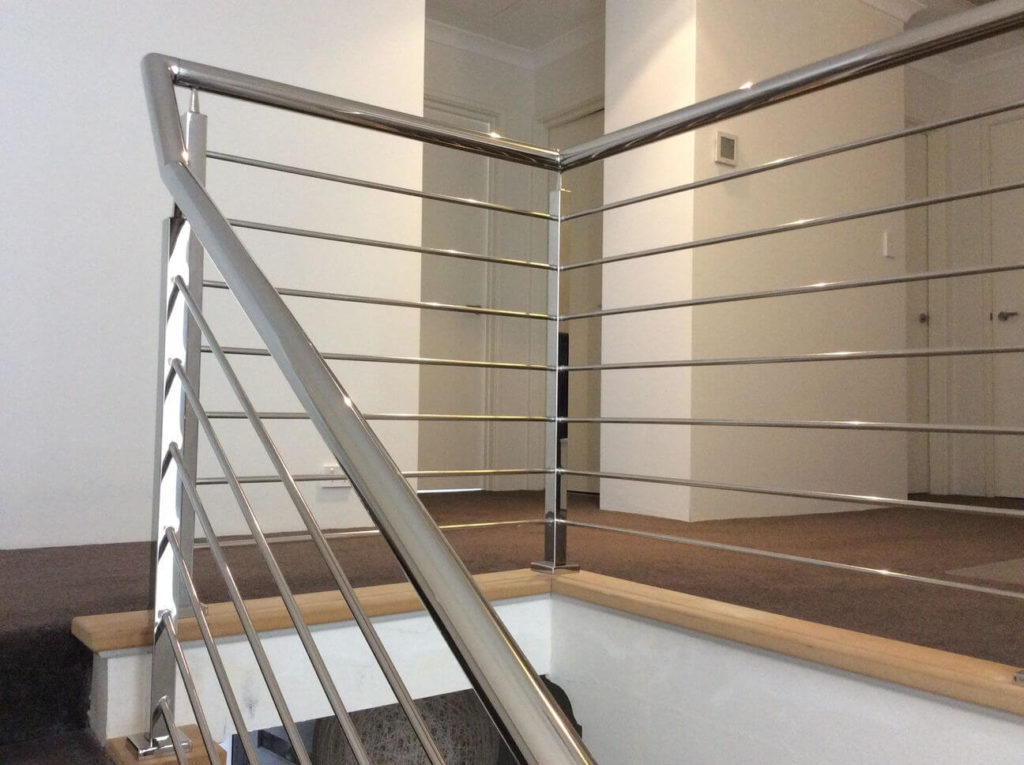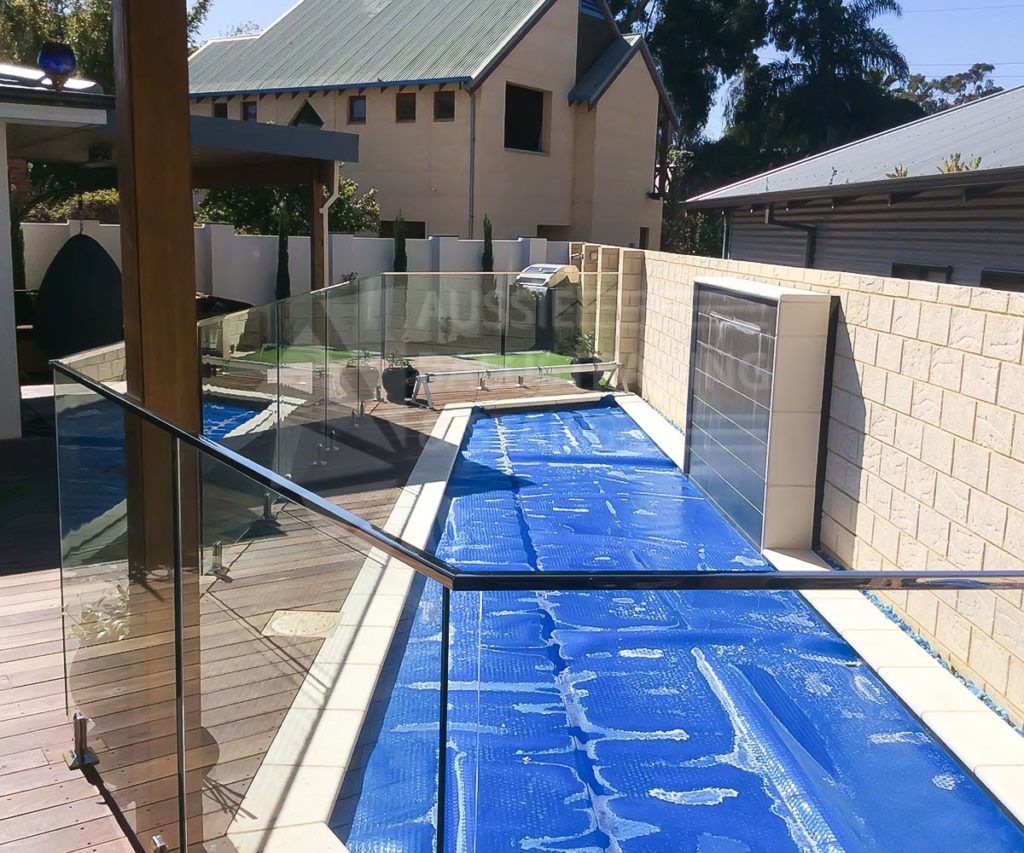The NCC or National Construction Code of Australia is a performance-based measure to ensure that buildings and their elements offer the appropriate security for its inhabitants. Making up the NCC is the Building Code of Australia (BCA), which is the primary construction code for all states and territories. BCA balustrades abide by Section D2 16.
Section Codes
Under NCC 2016 BCA Section D2 16, contractors must create a continuous barrier alongside:
- A roof with general access
- Stairways, ramps, floors, corridors, balconies, hallways, decks, verandas, bridges, or mezzanines
- Any delineated paths 1m above the surface beneath that allow access into a building
The BCA requires additional construction under the following conditions:
Barrier Heights
At least 865 mm:
- If stairways or ramps have a gradient of at least 1:20
- The barrier provided along the inside edge of a landing or ramp doesn’t exceed a length of 500 mm
Barrier Openings
A 300 mm sphere mustn’t pass through any openings.
Where rails exist, a 150 mm sphere mustn’t pass through openings between nosing lines of stair treads and railings.
Openings between rails mustn’t be more than 460 mm.
- Opening standards apply to fire-isolated stairways and ramps, areas used for emergency exits, external stairways and ramps, and class 7 and 8 buildings
Barrier Climbability
Horizontal or near-horizontal elements between 150 mm and 760 mm above the floor mustn’t facilitate climbing.
- Opening standards apply to fire-isolated stairways and ramps, areas used for emergency exits, external stairways and ramps, and class 7 and 8 buildings
- Non-climbing horizontals apply to floors 4 m above ground
Measuring Heights and Openings
Other than stairways, contractors must measure railing heights (BCA standards) vertically from the surface beneath them. Where barriers shift from sizes of 865 mm on a flight or ramp to 1m on a landing or floor, contractors may incorporate a transition zone. In this case, they must include a 125 mm barrier opening for stairways measured above the nosing line of its treads.
A more detailed section will describe the Moddex Assistrail AR45 and Moddex Conectabal CB30 systems in compliance with Section D2 16.
More About the NCC
Australia’s National Construction Code dictates the minimum necessary guidelines for the safety, accessibility, sustainability and livability of new buildings or existing buildings undergoing renovations. It provides a cohesive set of technical provisions regarding plumbing work and drainage installations, taking into account various climatic conditions and geological or geographical conditions.
The NCC exists under the Council of Australian Governments (COAG), who have developed all on-site construction requirements into a single, unified code. Other than the BCA, the NCC also comprises:
- Volume One, which spans multi-residential, commercial, industrial, and public classes 2 to 9
- Volume Two, which spans residential-class 1 and non-habitable class 10 buildings
- Volume Three, which applies to plumbing and drainage work for all buildings
Conclusion
The NCC aims to encourage innovative designs with flexible use and ultimately, safety within all types of property. Its Deemed-to-Satisfy solutions outline exactly which materials, components, systems, and performance factors make for a secure establishment.
At Aussie Balustrading, our stunning residential and commercial fixtures adhere to these standards, providing homeowners and building managers only with the best. Our team of highly-skilled and experienced professionals aims to create BCA handrails that surpass all standards and make incredible visual impact.



